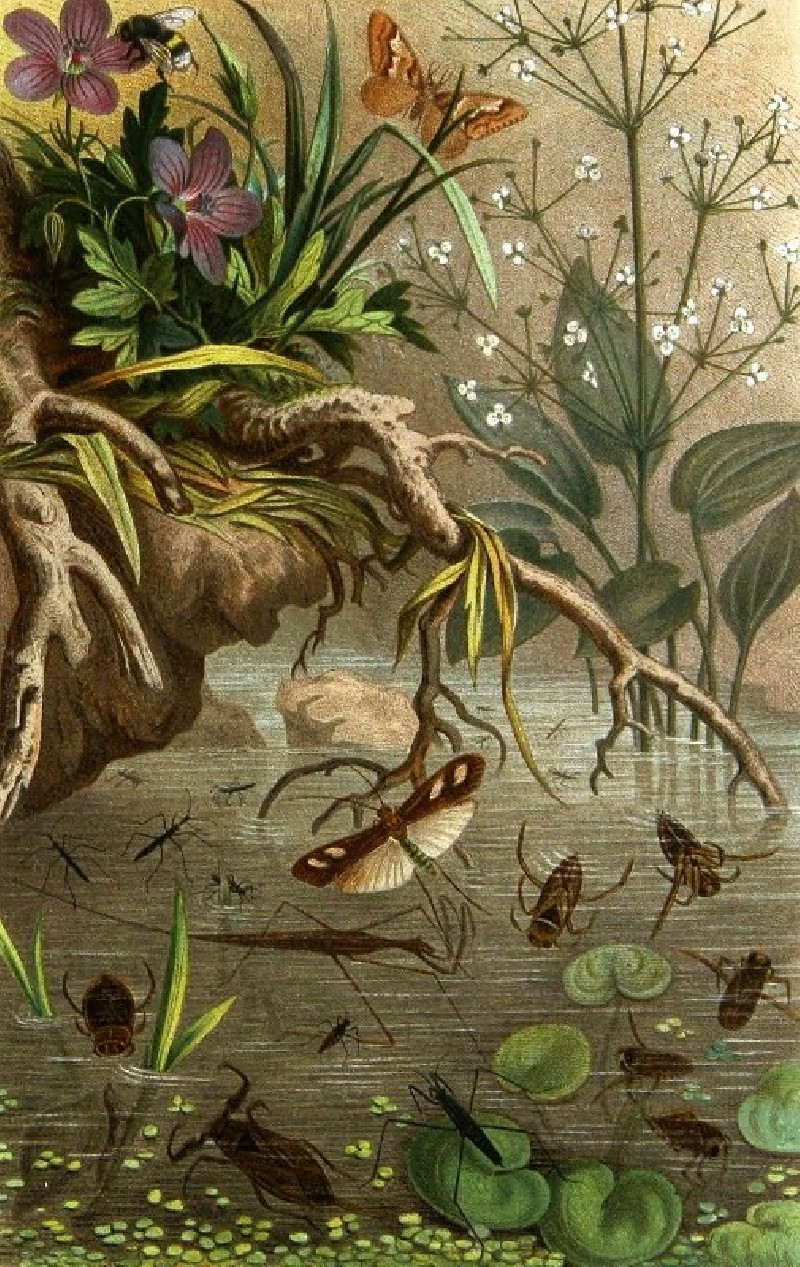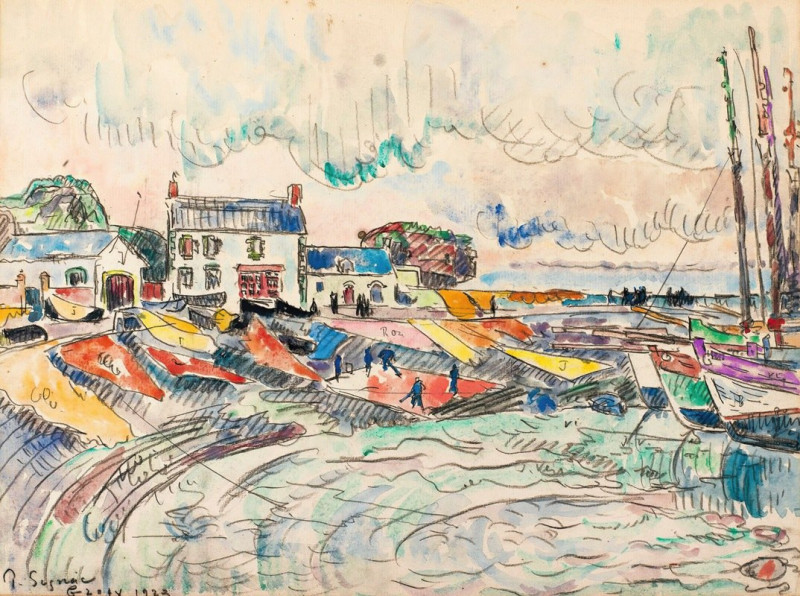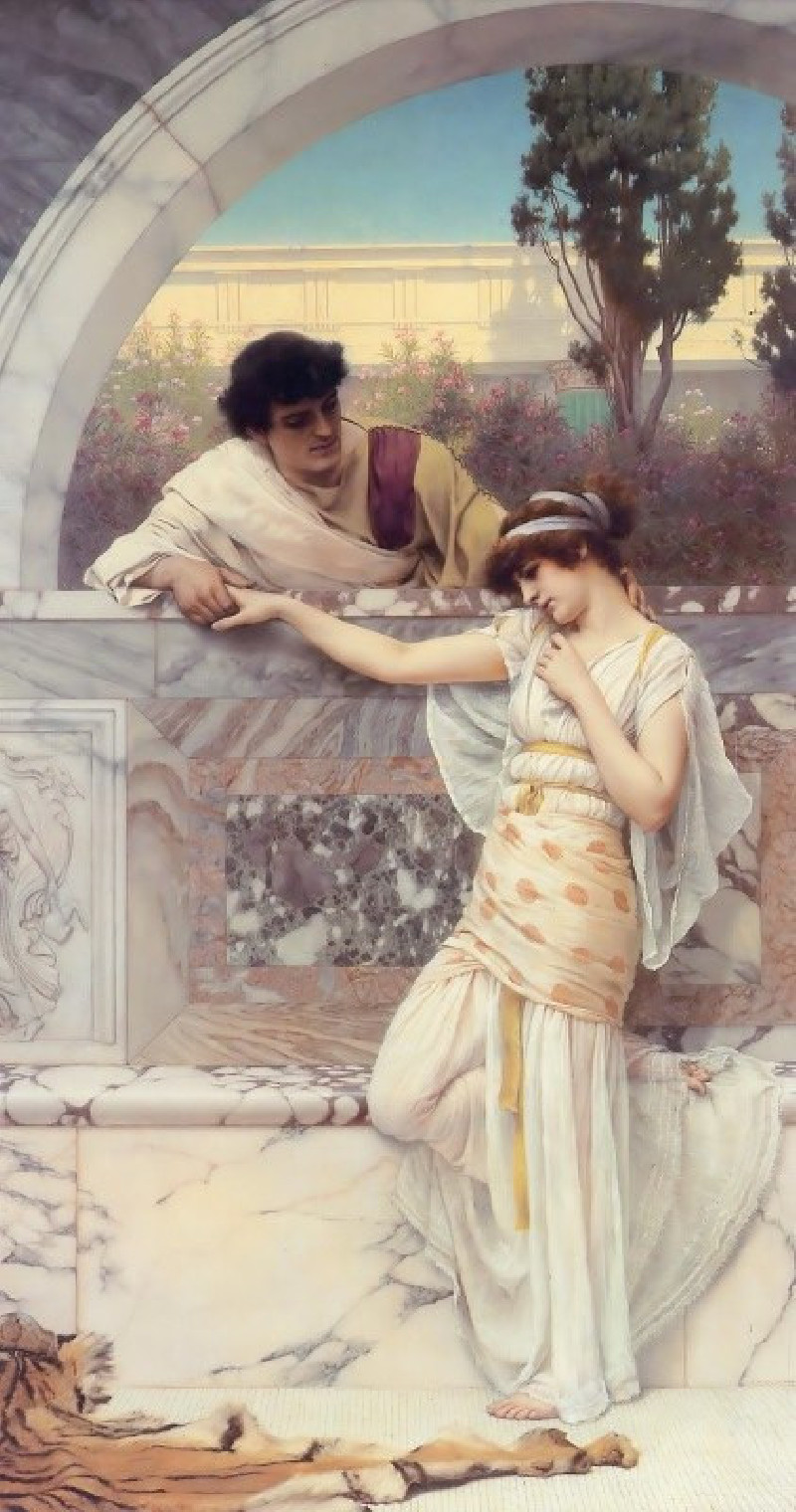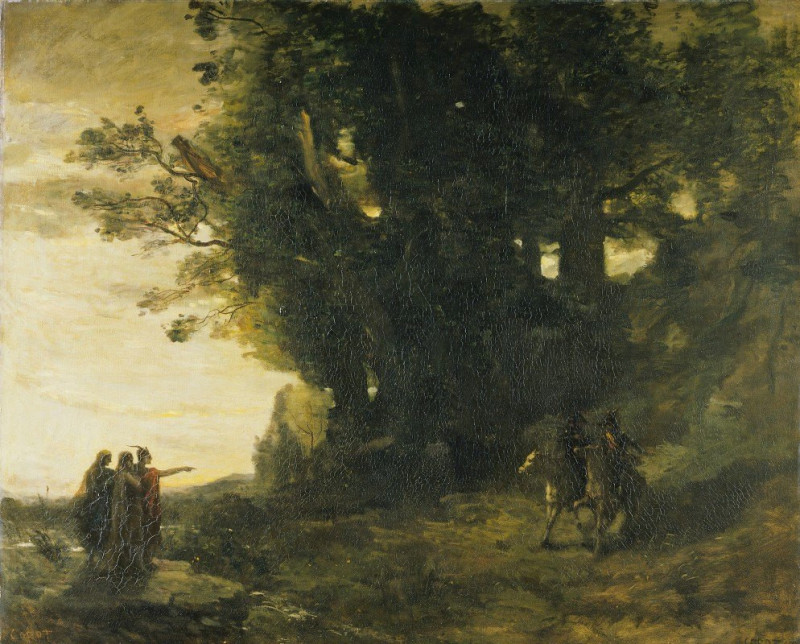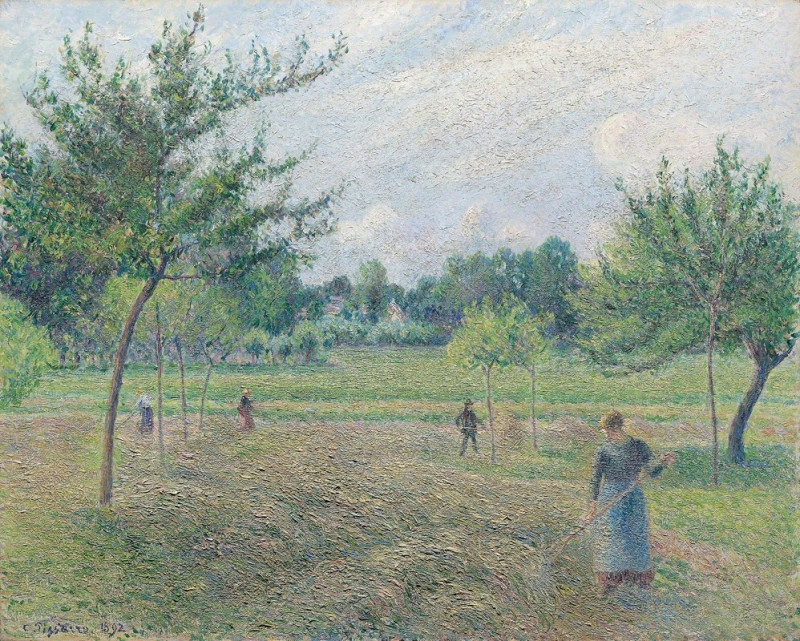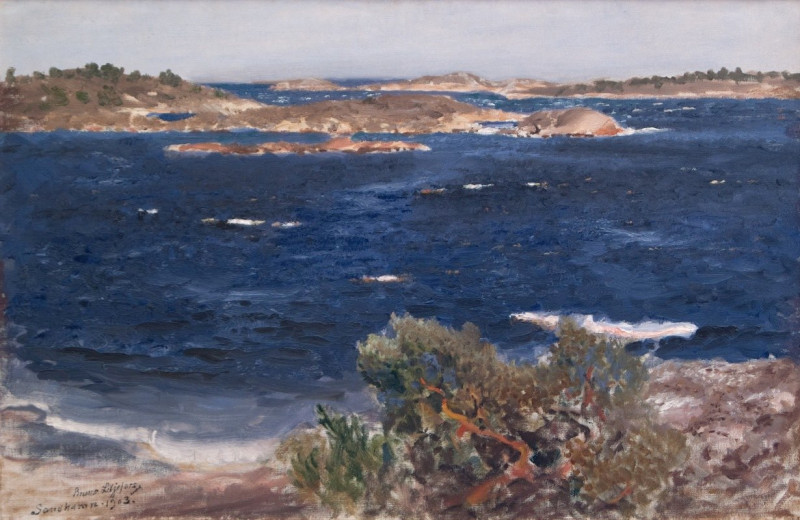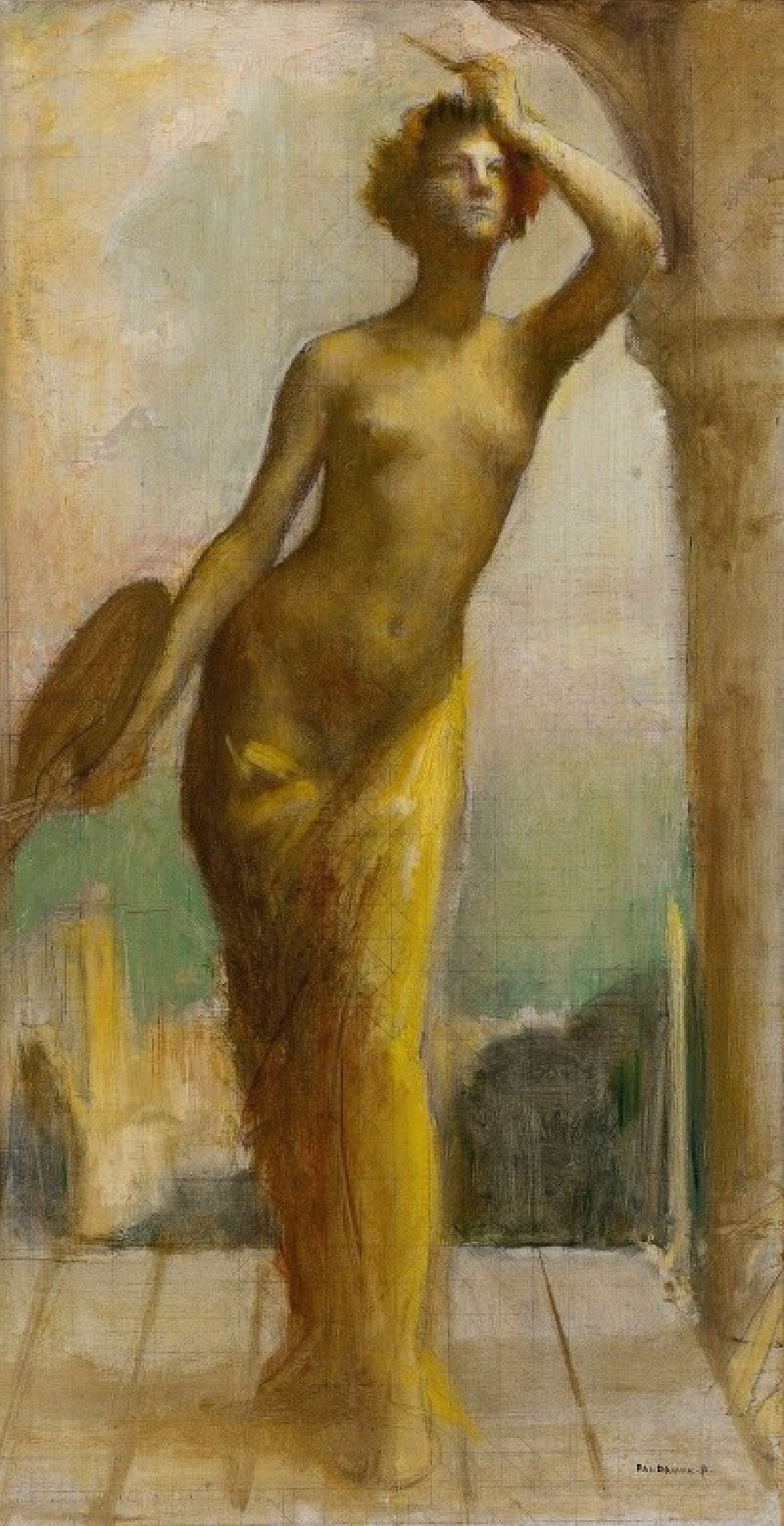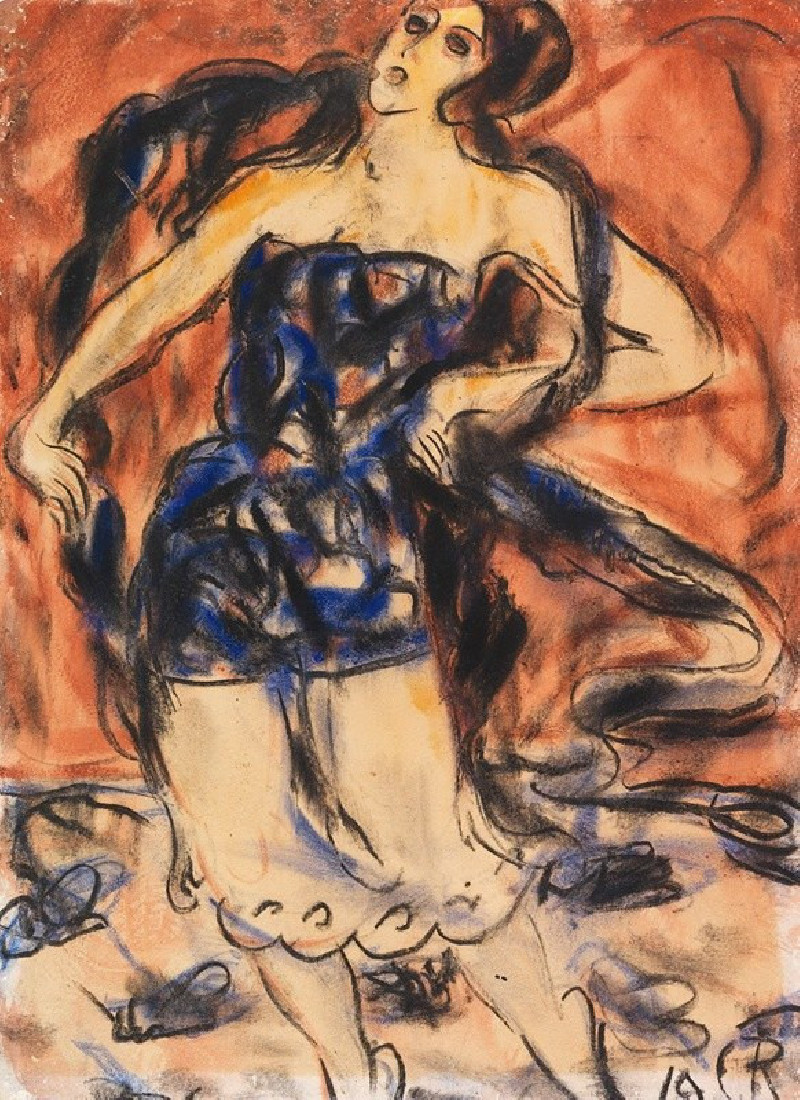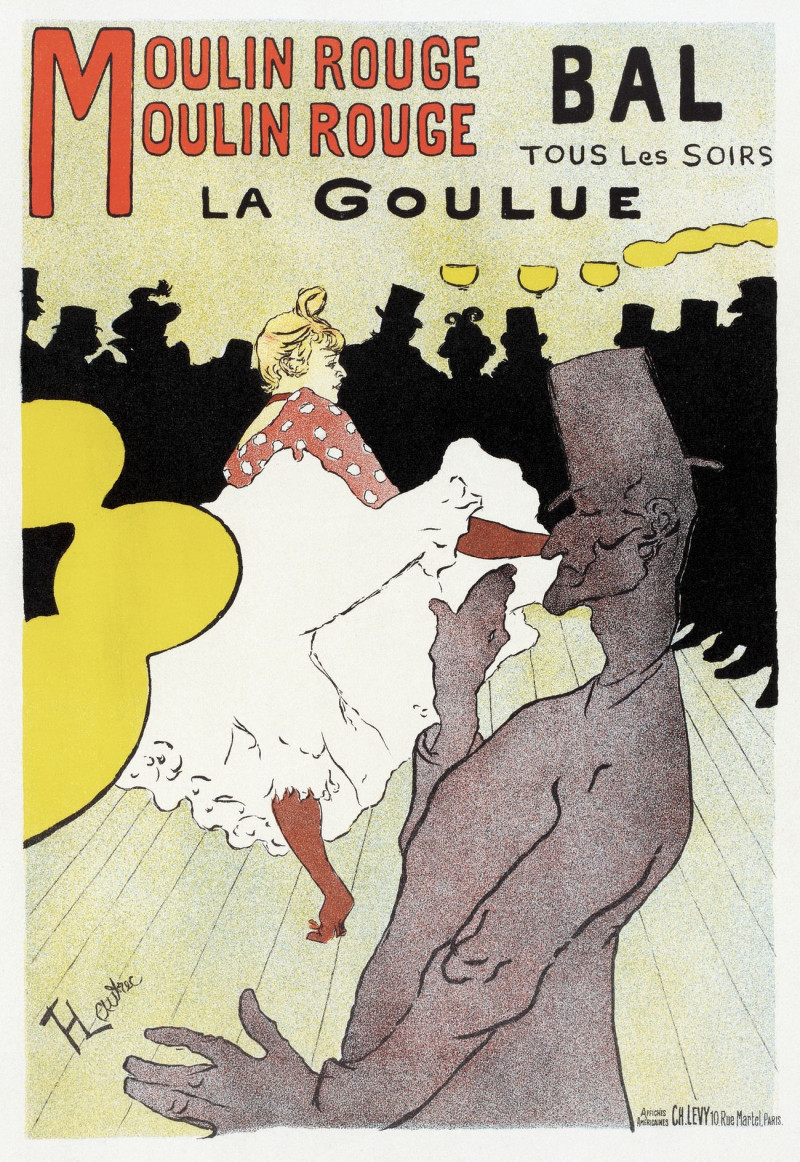Monuments at G. (1929)
Technique: Giclée quality print
Recommended by our customers
More about this artwork
Paul Klee's artwork, "Monuments at G," dating from 1929, is an intriguing representation of his deep exploration into abstraction and symbolism. In this painting, Klee utilizes a combination of horizontal lines and geometric shapes, overlaying them in a way that invites viewers to decipher the imagery like ancient hieroglyphs or archaeological finds.The artwork is dominated by a series of strictly parallel, multicolored lines that create a structured yet rhythmic background. Superimposed upon these lines are bold geometric figures that appear to represent monumental forms, possibly inspired by architectural structures. The use of muted greens, yellows, and reds contributes to a sense of antiquity and erosion, suggesting the weathered surfaces of ancient monuments. These color choices, alongside the emblematic shapes, evoke a historical narrative that is both mysterious and timeless.Adding to the composition’s complexity, Klee includes small, symbolic markings and primitive pictorial elements along the bottom section, reminiscent of primitive art or ancient scripts, further enhancing the theme of antiquity and the exploration of ancient cultures."Monuments at G" serves as a testament to Klee’s ability to blend color, form, and symbol to transport viewers to an almost mythical dimension, encouraging a contemplation of civilization, history, and the passage of time.
Delivery
Returns
Paul Klee was a Swiss-born German artist. His highly individual style was influenced by movements in art that included expressionism, cubism, and surrealism. Klee was a natural draftsman who experimented with and eventually deeply explored color theory, writing about it extensively; his lectures Writings on Form and Design Theory (Schriften zur Form und Gestaltungslehre), published in English as the Paul Klee Notebooks, are held to be as important for modern art as Leonardo da Vinci's A Treatise on Painting for the Renaissance.
































